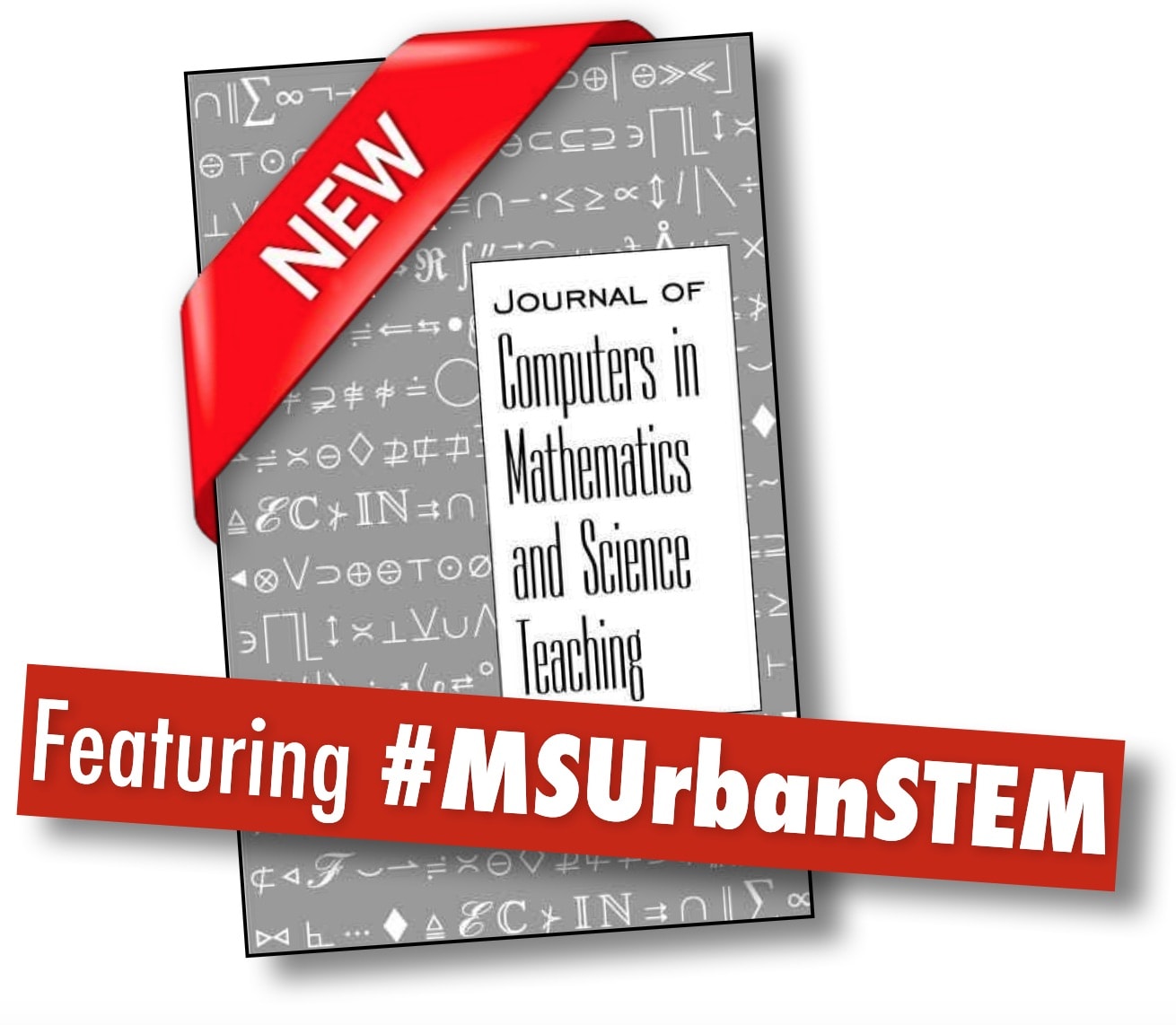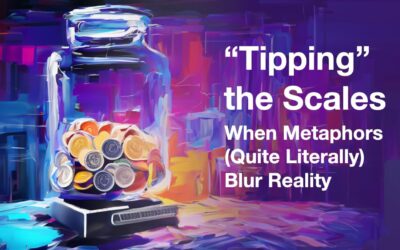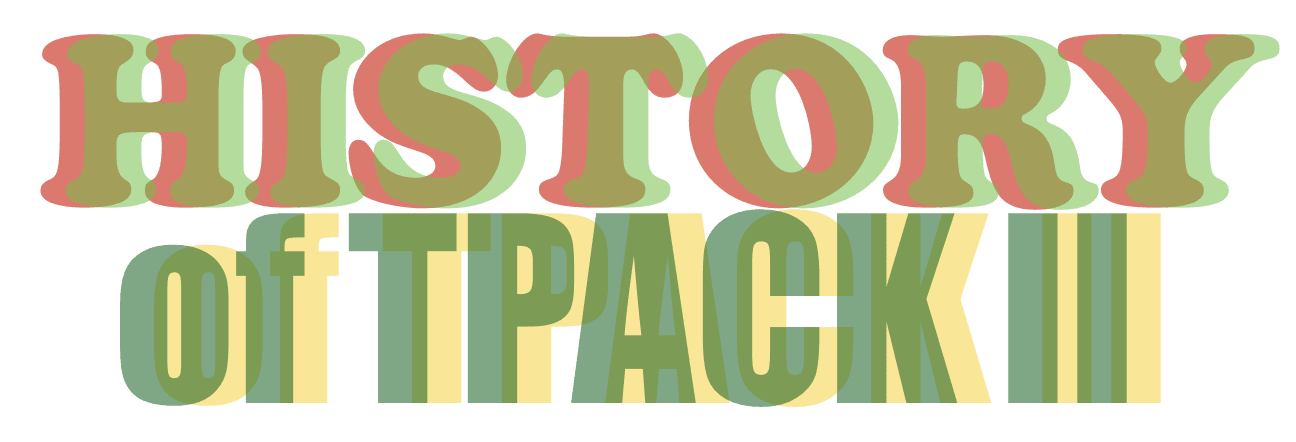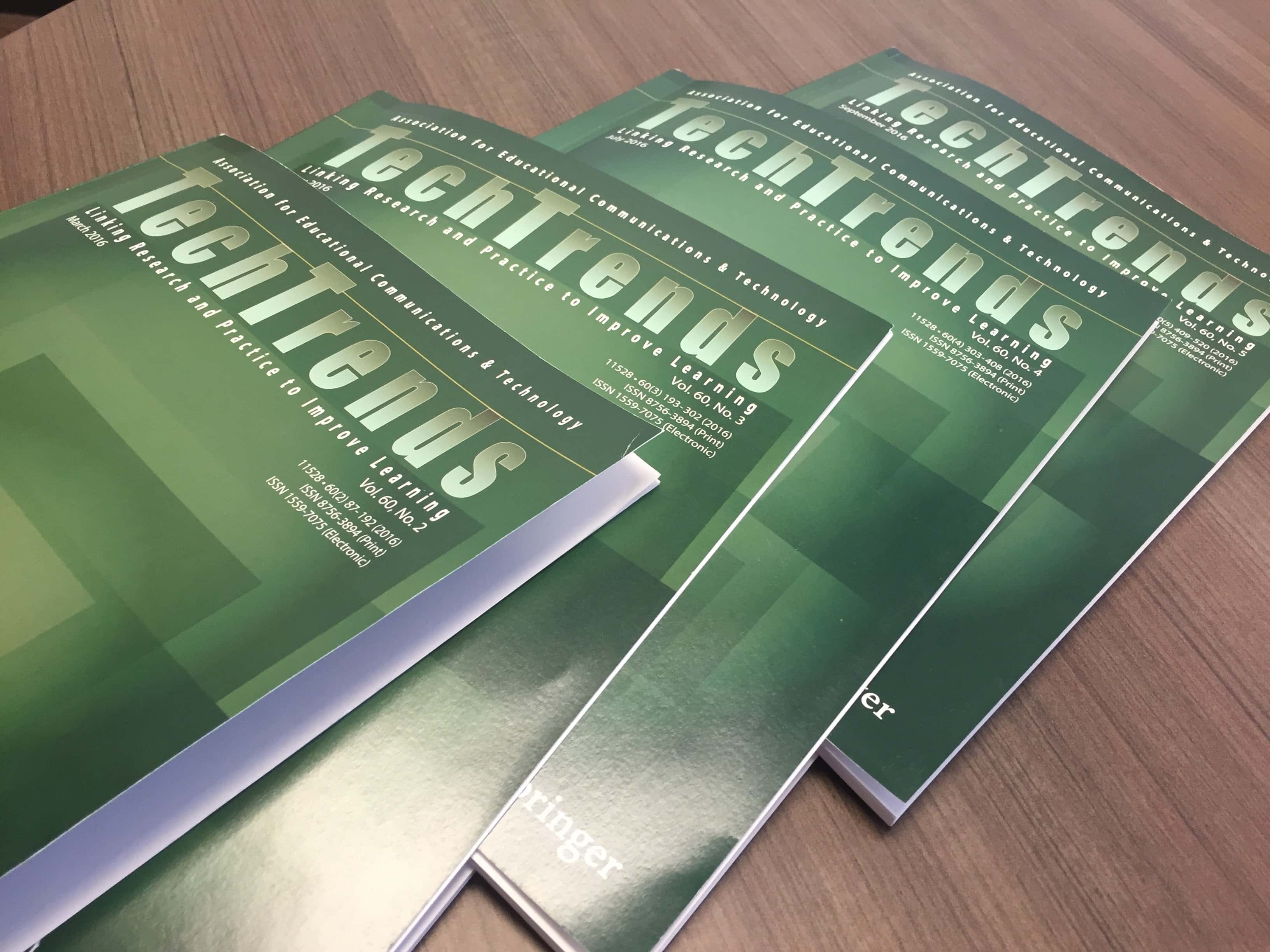The MSUrbanSTEM project was one of the best projects I have ever been part of. We worked with 124 Chicago Public School STEM educators over three years, in an effort to develop their teaching and leadership in the STEM areas. We have written about this project and presented about it at conferences, but this is the first time that we have an entire special issue of a journal (The Journal of Computers in Mathematics and Science Teaching) devoted to the project. As we write in the introduction, there are some significant advantages to having a range of articles on a project:
Research on educational programs faces a fundamental and essential tension. By definition, research tends to be driven by specific theoretical frameworks and research questions, generating their strength from this specificity and narrowness of vision. But educational researchers also understand that there is much more to the project or activity than was or could be captured by one study. Any article that seeks to provide an overview of the project provides breadth but lacks depth and specificity. We believe that this special issue provides the right balance between breadth and depth—by allowing us to construct a richer description of a teacher professional development program through ve articles, each of which use different lenses. It is through these articles that some of the richness of the project can be captured and presented to readers.
Below are the titles and references of all the articles in the special issue, as well as a link to the pdf of the introductory article . Do let me know (by email or in the comments below) if you want copies of the other articles.
- Mishra, P.,Gunnings-Moton, S., Wolf, L. G., Berzina-Pitcher, I, & Seals, C. (2017). Introduction: Innovative STEM Professional Development for Urban Educators: Multiple Perspectives on the MSUrbanSTEM Project. Journal of Computers in Mathematics and Science Teaching, 36(3), 211-217
Abstract: In this article, we provide a brief overview of the contents of this special issue of the Journal of Computers in Mathematics and Science Teaching. The issue focuses on an innovative teacher professional development program for STEM educators working in urban contexts. More specifically, 124 STEM educators from Chicago Public Schools, seeking to develop their teaching and leadership capacity, participated in a yearlong blended learning experience designed by faculty at Michigan State University. The six articles in this special issue provide multiple perspectives (theoretical, curricular, and research-based) on the project, allowing us to present the project in its complexity and richness, something that individual articles would not be able to do. This introductory article provides some context and background for the overall program, highlighting what each of the ve subsequent articles in the issue will cover.
- Seals, C., Mehta, S., Wolf, L.G., & Marcotte, C. (2017). Theory and Implementation of an Innovative Teacher Professional Development Program. Journal of Computers in Mathematics and Science Teaching, 36(3), 219-235
- Horton, A., Shack, K., & Mehta, R. (2017). Curriculum and Practice of an Innovative Teacher Professional Development Program. Journal of Computers in Mathematics and Science Teaching, 36(3), 237-254
- Rosenberg, J.M., Greenhalgh, S. P., Wolf, L. G., & Koehler, M. J. (2017). Strategies, Use, and Impact of Social Media for Supporting Teacher Community within Professional Development: The Case of One Urban STEM Program. Journal of Computers in Mathematics and Science Teaching, 36(3), 255-267
- Mehta, R., Mehta, S., & Seals, C. (2017). A Holistic Approach to Science Education: Disciplinary, Affective, and Equitable. Journal of Computers in Mathematics and Science Teaching, 36(3), 269-286
- Cosby, M., Horton, A.,& Berzina-Pitcher, I. (2017). Math Is All Around Us: Exploring the Teaching, Learning, and Professional Development of Three Urban Mathematics Teachers. Journal of Computers in Mathematics and Science Teaching, 36(3), 287-305
***
To those interested in learning more here is a link to another article we wrote for a handbook on research on teacher education and professional development.
Seals, C., Horton, A., Berzina-Pitcher, I., & Mishra, P. (2016). A New Understanding of our Confusion: Insights from a Year-Long STEM Fellowship Program. In C. Martin & D. Polly, (Eds). Handbook of Research on Teacher Education and Professional Development. Hershey, PA. IGI Global. 582-604.





0 Comments
Trackbacks/Pingbacks